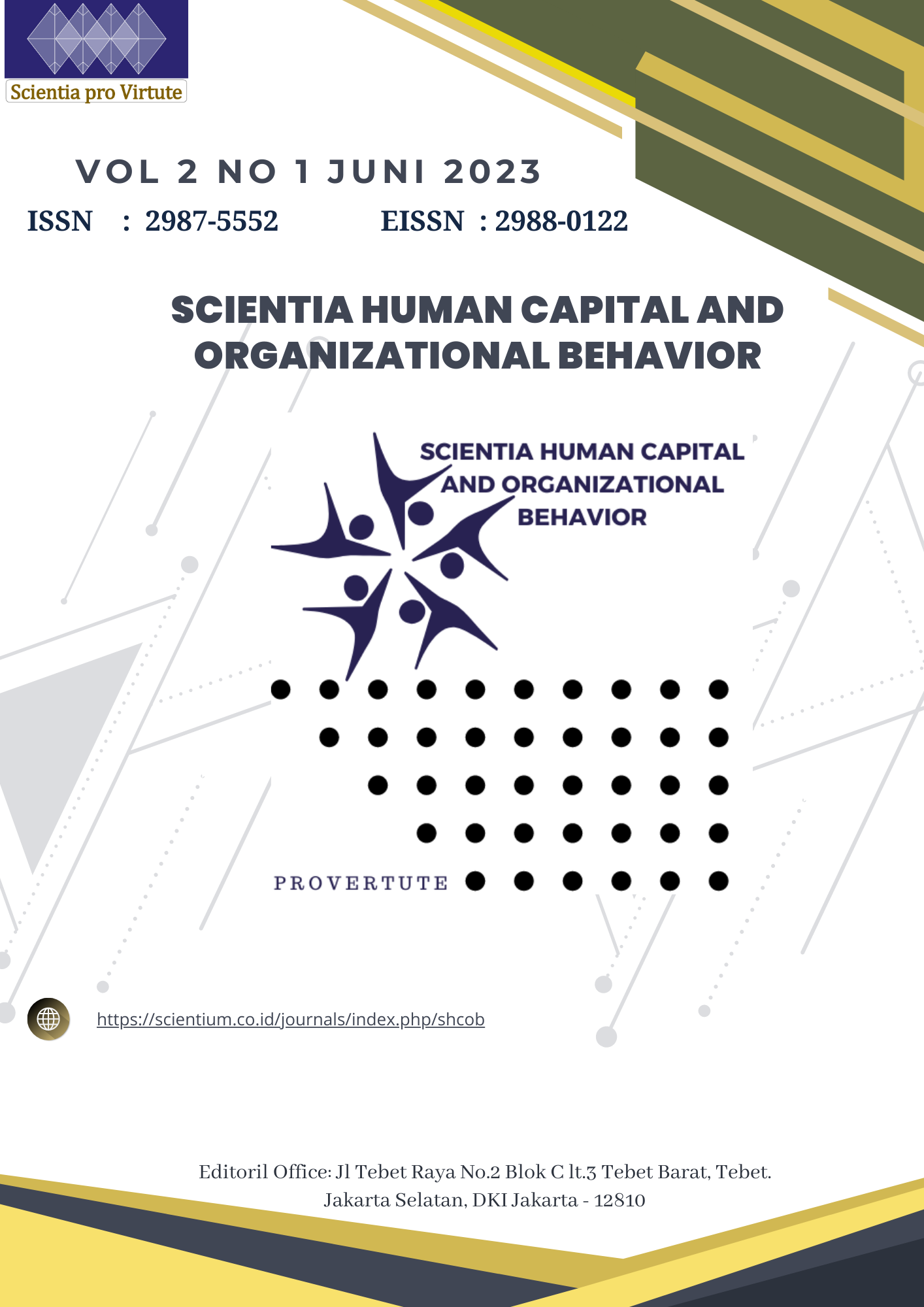ECONOMIC SECTOR MANAGEMENT STRATEGY IN THE TOURISM FIELD AT TOURISM DEPARTMENT OF EAST LUWU DISTRICT
DOI:
https://doi.org/10.56282/shcob.v2i1.395Keywords:
Management Strategy, SWOT Analysis, Policy, Growth StrategyAbstract
This study aims to analyze the strategy for managing the economic sector in the tourism sector at the East Luwu Regency Tourism Office. Respondents in this study were all employees of the East Luwu Regency Tourism Office and managers of tourist attractions, totaling 10 people using a questionnaire. The data analysis technique used is the SWOT analysis technique which is carried out by identifying strengths, weaknesses, opportunities and threats. SWOT analysis compares external factors such as opportunities and threats with internal factors such as strengths and weaknesses. Internal factors are entered into a matrix called the Internal Strategic Factor Matrix or IFAS (Internal Strategic Factor Analysis Summary). External factors are entered into a matrix called EFAS (Outline of External Strategy Factor Analysis) External Strategy Factor Matrix. After creating a matrix of internal and external strategic elements, we enter the results into the SWOT matrix, which is a quantitative model, and formulate a management strategy. The results of the study show that if the Tourism Office of East Luwu Regency S<O means that the policy direction of the East Luwu Tourism Office is in a growth strategy condition, the opportunity is greater than the existing forces. Growth Strategy (Growth Strategy) aims to achieve growth in both tourism management and regional interests around tourist objects. This can be achieved by building public facilities for tourist objects, improving the quality of human resources managing tourist objects, and strengthening cooperation with business entities and investors in managing tourist objects. Efforts are made to minimize costs to increase profits.








